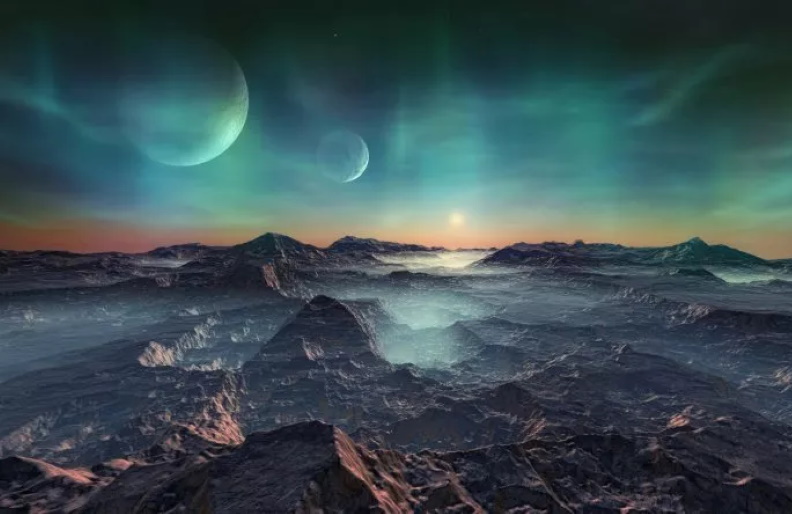There may be many Earth-like planets scattered around the universe, a study has suggested, raising the possibility that other habitable worlds are out there—and that life may have evolved on it.
The first exoplanets—a planet beyond our solar system—were discovered in the 1990s. Since then, thousands have been revealed, with over 4,000 confirmed and a further 4,495 candidate exoplanets, according to NASA.
Whether or not any of these host alien life is unknown, and scientists are currently trying to narrow down the exoplanets that may have properties similar to Earth, therefore having conditions suitable to life. These include being a rocky planet that is not too hot or cold, so liquid water can exist.
In a study published in Science, a team of researchers has now found geochemical evidence to suggest there may be more Earth-like planets across the universe than previously thought. Led by Alexandra Doyle, from the University of California, Los Angeles, the team looked at the rocks of solar systems surrounding white dwarfs. These are dead stars—and what the sun will turn into in about five billion years when it runs out of fuel.
“White dwarfs are unique when it comes to studying exoplanets,” Doyle told Newsweek. “White dwarf stars are the last known phase of stellar evolution for sun-like stars. When a star like a sun dies, it evolves into a white dwarf. This evolution can be very chaotic for the planetary system surrounding the star, and as the star expands and contracts the smaller bodies orbiting the star will change trajectories, which can send some of them towards the star, thus causing eventual trapping of the rocky material by the white dwarf.”
She said most studies of the geochemistry of exoplanets are done by looking at the mass/radius relationship, or by looking at the chemistry of the star it orbits. With white dwarfs, however, you can be more direct, as the elements measured come directly from rocks falling onto the star.
In the study, the team looked at six white dwarfs and rocks from the planets that once orbited it. “The geochemistry and geophysics of interiors of exoplanets are crucial because they can determine important parameters for the habitability of a planet, such as, whether or not it has a magnetic field, what the atmosphere will look like and the existence of plate tectonics,” Doyle said.
They evaluated the elemental remains that had been left in the atmospheres of white dwarfs after the planets had crashed into them. Their findings showed the former planets would have had interiors similar to those of Earth or Mars. “The more rocks around other stars look like the rocks that made the Earth, the more likely it is that there are habitable planets like the Earth out there,” Doyle said.
“For rocky exoplanets in general, we are finding that rocks forming around other stars are geochemically similar to most of the rocky bodies in the Solar System. We are seeing that rocks are rocks, even when they form around other stars.”
The team now hopes to make more measurements of other white dwarfs in order to build on their findings. If even more white dwarfs are found to have had planets with Earth-like interiors, the statistical significance is greater, Doyle explained.
In a statement, Edward Young, a co-author of the study, said their findings had “raised the probability that many rocky planets are like the Earth—and there’s a very large number of rocky planets in the universe.”

